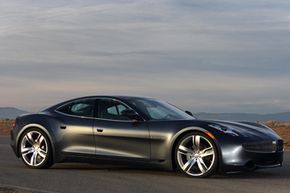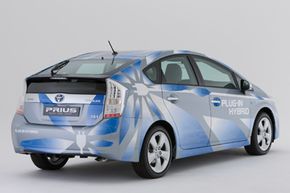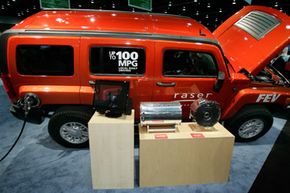The push for more environmentally friendly and fuel-efficient vehicles is constantly driving engineers to reassess vehicle technology and come up with the most efficient way for cars to function. Hybrid vehicles are already a prevalent form of transportation, with more and more hybrid vehicle models being added every year. Some newer models are becoming more powerful, but at the expense of fuel efficiency. So what's the next step? How are manufacturers planning to produce even better fuel efficiency?
Many car companies look to plug-in hybrids as the next step in hybrid vehicle technology, and, in fact, they've been the focus of many automotive companies like Toyota and General Motors over the past several years. A plug-in hybrid is exactly what it sounds like: a hybrid vehicle that recharges its batteries by being plugged into an electrical source. Unlike traditional hybrids, however, plug-in hybrids use batteries as their primary source of power.
Advertisement
In plug-in hybrids, batteries power an electric motor which is used in place of an engine to move the car. Plug-ins do have gasoline engines, although they're much smaller than a typical hybrid engine and are only used to charge the vehicle's battery when its power is depleted. Because of their dependence on batteries, these vehicles are often called plug-in hybrid electric vehicles, or PHEVs. But are plug-in hybrid vehicles better than the typical hybrid cars on the road today or are they just a different form of fuel efficiency?
On the next few pages, we'll compare these two types of vehicles over three main categories to show some of the benefits of PHEVs compared to standard hybrids. We'll consider the convenience and environmental impact, as well as the operating costs for purchasing and maintaining each.
First, let's look at some of the factors that go into the operating costs of each type of hybrid on the next page.
Advertisement





